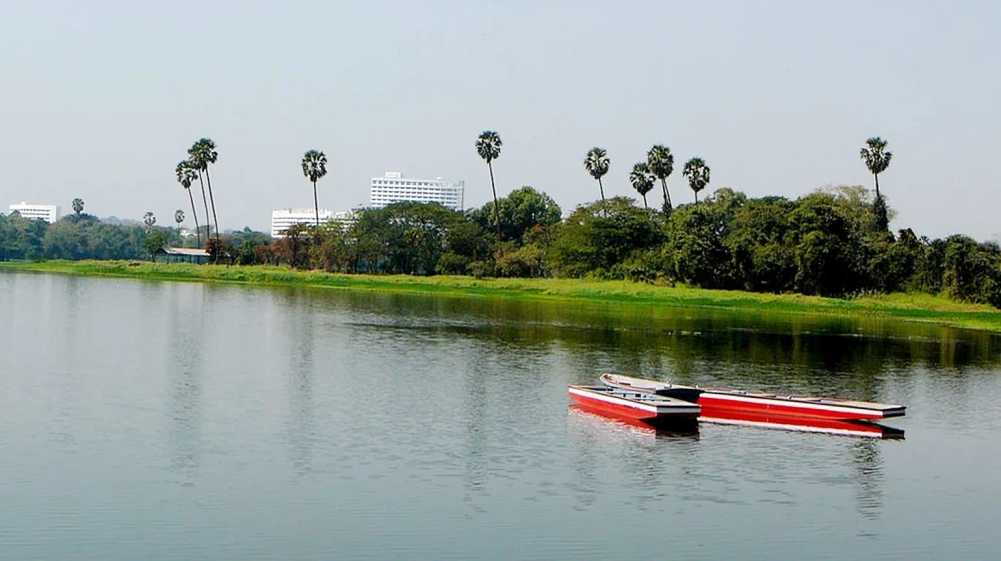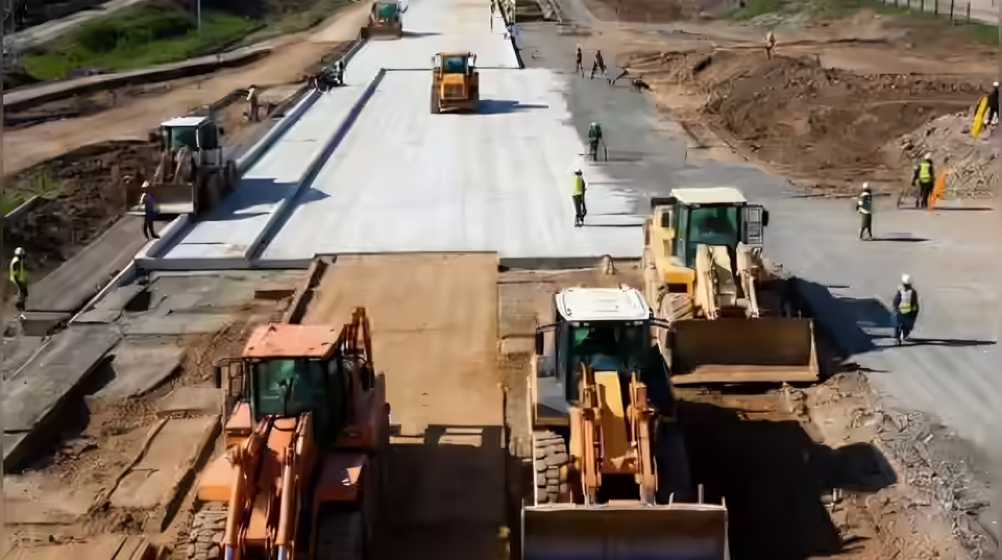August 29, 2025: Mumbai’s growth story has long been inseparable from India’s wider economic trajectory. Home to more than 22 million people and over 3,000 multinational companies, the city continues to expand at remarkable speed. Projections from global research firms suggest that India’s urban GDP share will increase significantly by 2035, with the Mumbai–Pune corridor expected to play a crucial role.
By the same period, the country’s top eight cities are anticipated to require over a billion square feet of additional office space, further fuelling demand for residential development. With land availability scarce, vertical expansion has become the city’s only viable direction for growth.
The Development Control and Promotion Regulations (DCPR) 2034 provide a structured framework for cluster redevelopment under Regulation 33(9). Eligibility benchmarks stipulate minimum redevelopment areas ranging from 4,000 sq. m in the island city to 10,000 sq. m in extended suburbs. This policy applies to pre-1969 tenanted structures, MHADA buildings, transit camps, and ageing societies declared unsafe.
In exchange, developers are being incentivised with a higher Floor Space Index (FSI) of up to 4.0 in central Mumbai, proportional benefits in suburban areas, and additional bonuses for incorporating public amenities and affordable housing. According to CREDAI-MCHI, nearly 25,000 buildings in the Mumbai Metropolitan Region qualify for redevelopment.
Projects such as the Bhendi Bazaar initiative showcase how modern infrastructure can be combined with sustainability features including rooftop solar, rainwater harvesting, efficient sewage treatment, and improved waste management.
Nevertheless, challenges persist. Fragmented land ownership, disputes, and tenant rehabilitation remain key hurdles, alongside high project costs that necessitate financial innovations such as REITs, municipal bonds, and subsidies.
If pursued with balanced planning and inclusivity, cluster redevelopment has the potential to not only address Mumbai’s housing shortages and infrastructural decay but also set a benchmark for sustainable urban regeneration across India.
Source: Prop Time News





